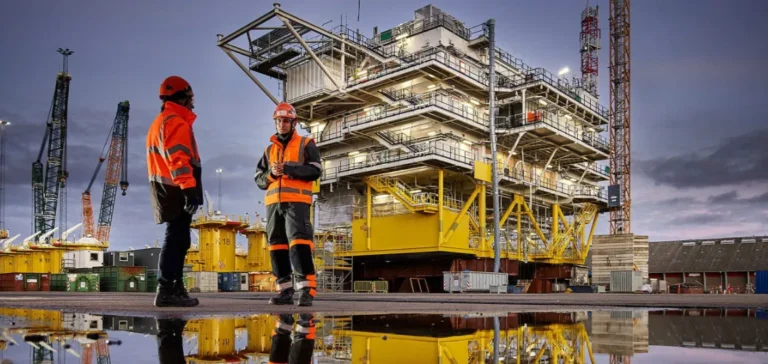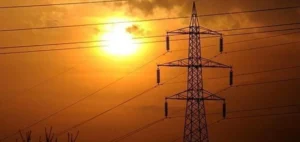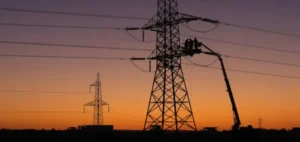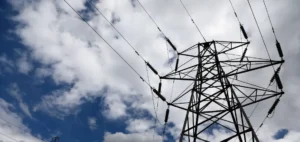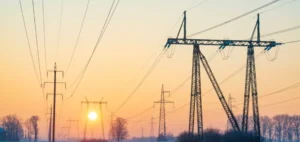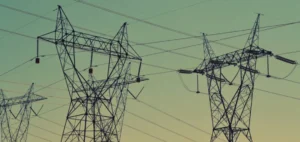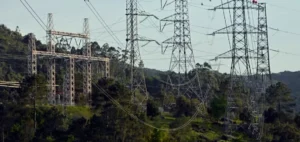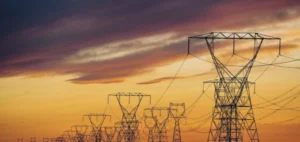Transmission system operator 50Hertz has announced an ambitious plan to launch around 75 new connection projects by 2029, representing nearly 30 gigawatts (GW) of total capacity. These interconnections will cover both electricity production and consumption, including wind and solar farms, industrial-scale batteries, electrolysers and data centres.
Record demand on a saturated grid
The planned projects include 32 solar farms (13 GW), 25 large-scale battery systems (11.3 GW), 10 onshore wind farms (2.2 GW), 7 electrolysers (1.3 GW) and 5 data centres (2 GW). In parallel, 150 additional battery connection applications, representing 63 GW, are currently on a waiting list. According to 50Hertz, these projects will not be considered before 2029 unless some already launched projects are withdrawn.
Chief Executive Officer Stefan Kapferer emphasised that future gas-fired power plants, deemed essential for grid stability, should be given priority access. He added that “the volume of connection commitments reflects the ongoing transformation of the energy and industrial landscape”, highlighting the growing role of renewables, storage and hydrogen in Germany’s economy.
Initial interconnection projects already underway
Some projects are already moving forward. 50Hertz has signed a connection agreement with British operator Virtus for a 300 MW data centre in Wustermark, near Berlin. ECO STOR has also begun construction of a 300 MW battery storage system (714 MWh capacity) in the Saxony-Anhalt region, marking the first tangible implementation of the interconnection programme.
The new connections will be rolled out gradually between 2025 and 2029. Commissioning is expected to take between three and six years depending on technical constraints, permitting timelines and local conditions at the substations.
Towards a reform of grid access procedures
Currently, grid connection procedures depend on various regulatory frameworks. The Energy Industry Act (EnWG) defines the right to grid access, while the Power Plant Grid Connection Ordinance (KraftNAV) applies to large generation facilities. Storage, however, lacks a clear legal definition, unlike renewable energy, which benefits from priority access under the Renewable Energy Sources Act (EEG).
50Hertz and the other three German transmission system operators — Amprion, TenneT and TransnetBW — argue that the current “first come, first served” approach is no longer appropriate. In a joint paper, they advocate for a prioritisation model based on project maturity and grid compatibility, to prevent the blocking of key capacity for industrial development and energy security.
An electrical system under growing pressure
50Hertz’s grid already includes 26 major installations, including thermal power plants, wind and solar farms, as well as three steel plants among the largest consumers. As of the end of 2024, around 75 GW of generation capacity was connected, including over 51 GW from renewables. Grid load ranges between 7 GW and 16.7 GW depending on the period.
Nationally, German transmission operators have received applications for a total of 200 GW of battery storage capacity, of which only 50 GW have received a commitment or preliminary approval. Currently, 2.4 GW of battery capacity is operational, representing 3.2 GWh of energy storage.


